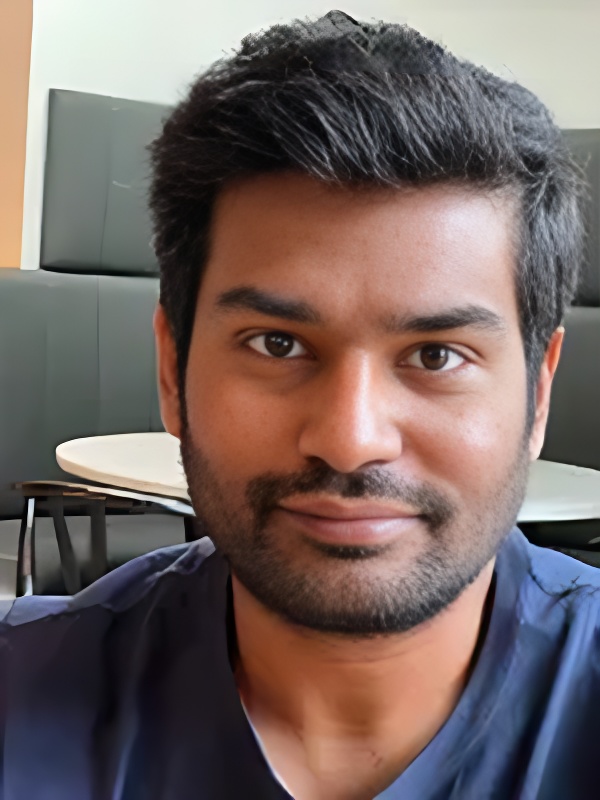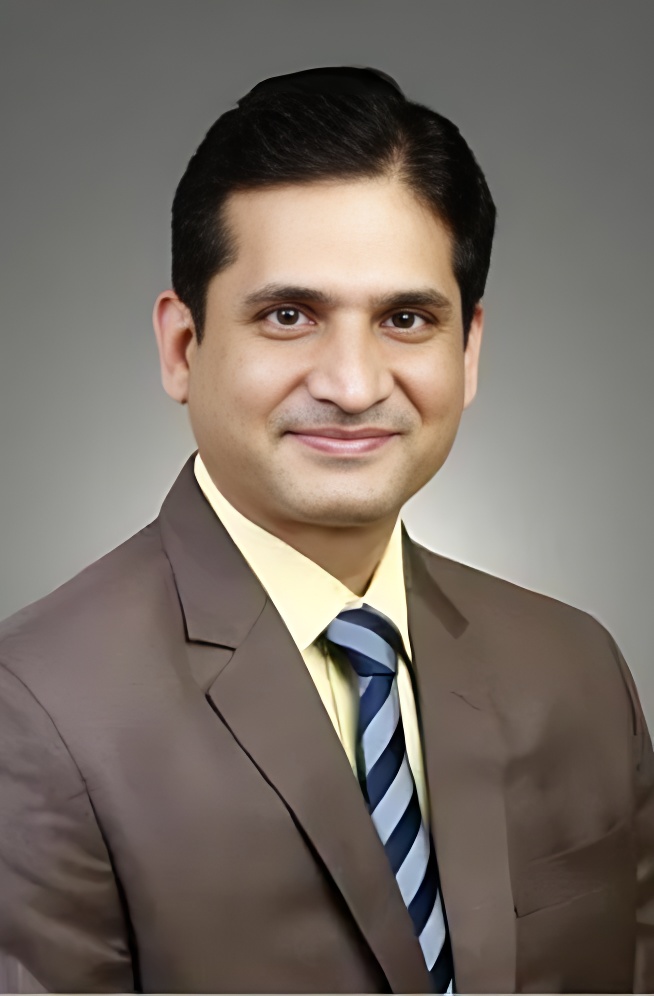- 1457
- 5
Yes! We can end TB! World Tuberculosis Day
Tuberculosis is a leading cause of death worldwide, with an estimated 1.5 million deaths in 2020, and is particularly prevalent in low- and middle-income countries. The DOTS (Directly Observed Treatment, Short-Course) regimen is the recommended treatment for tuberculosis (TB) bySee More
About the Speaker
Dr. Padmanesan Narasimhan
Digital Health Roster of Experts at World Health Organization, Lecturer School of Public Health & Community Medicine, UNSW, Australia.
Dr. Padma Narasimhan is a Clinician and Lecturer at the School of Public Health. He started his career as a medical doctor in India for an Infectious disease clinic. He completed the Fogarty Ellison Clinical Research Fellowship at National Institutes of Health, USA in 2006 and moved to Australia . Dr. Padma Narasimhan was awarded the UNSW-University International Postgraduate Scholarship for a PhD at the School.





